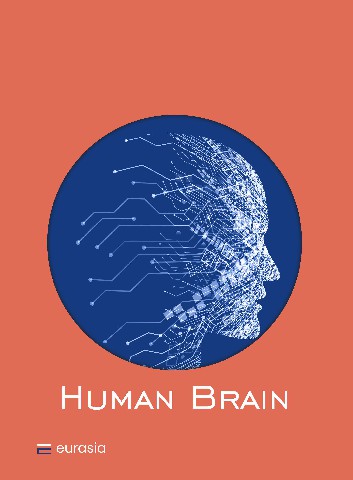Norden E. Huang, Wei-Shuai Yuan, Fang Yuan, Xiao-Min Guo, Albert CC Yang , Terry BJ Kuo , TieMei Zhang, Jian-Ping Cai, Helen Kang, Ying-Qiang Zhang , Wei-Kuang Liang
We proposed a set of quantitative, inexpensive, and non-invasive methods for screening dementia based on resting EEG. The methods used here included ensemble Holo spectrum (eHolo), ensemble intrinsic Probability Density function (eiPDF), and ensemble intrinsic Multiscale Entropy (eiMSE). These methods were developed originally for physical sciences, specifically to study the wave-turbulence interaction phenomena. Applications, however, were found in neuroscience and bioengineering. Tested on mostly retrospective open-source EEG data, the results measured by receiver operating characteristic (ROC) curves and area under the curve (AUC) values based on micro- and macro-average methods all passed the clinically acceptable threshold of 70%. Specifically, the AUC scores are these: eHolo above 0.89, eiPDF at 0.82, and eiMSE above 0.87, respectively. If we use all three methods in combination, the AUC score is above 0.91. Emulating the bone-density measurement, we have also established a quantitative Z-score to measure the relative standing of each subject. Encouragingly, the Z-score shows a moderate correlation with the widely scattered CDR score, with RHO values between 0.26 and 0.46. We strongly suggest that large-scale clinical trials be organized so that the method can be validated and ready for the WHO and Chinese calls for screening of the general population by 2030.
